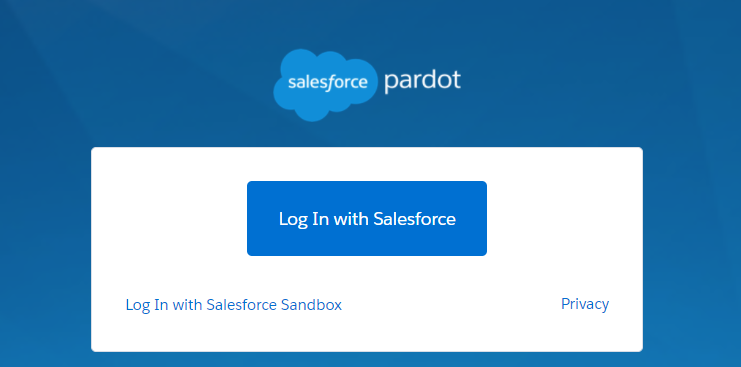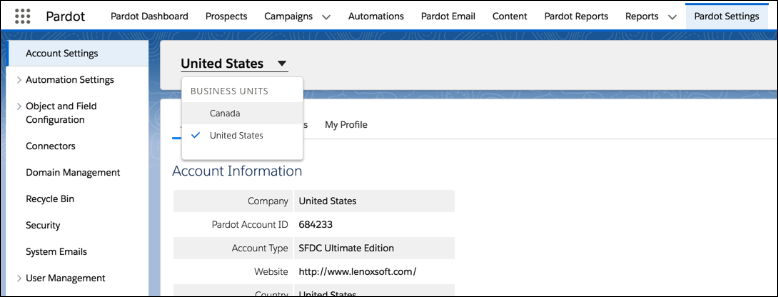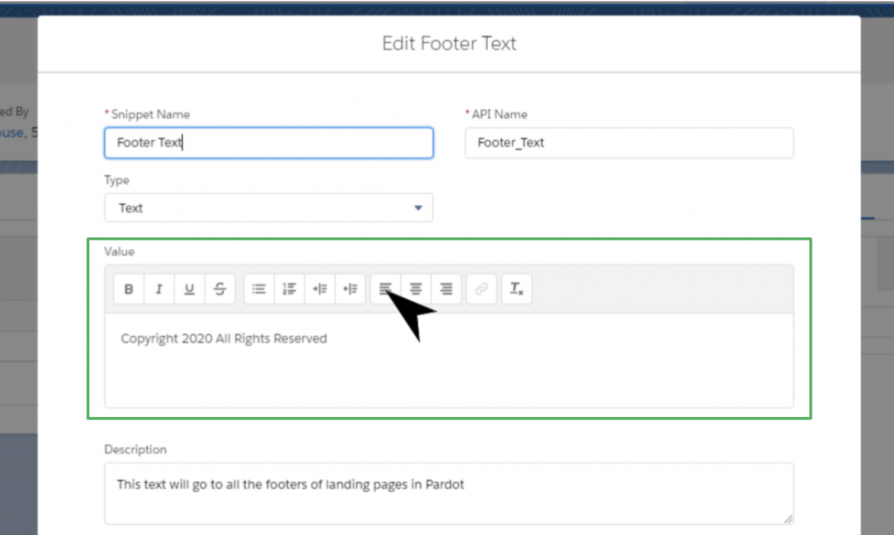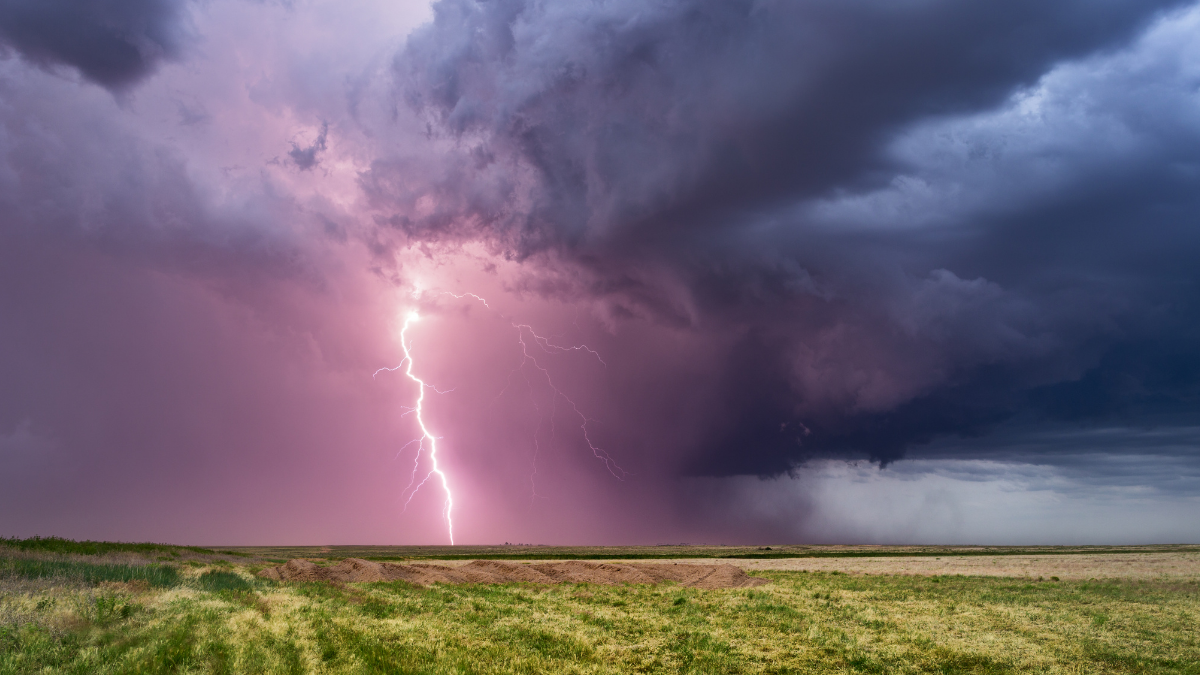Should you switch to Pardot Lightning?
Probably.
The Pardot Lightning App has been available since the Winter ‘19 release, but many Pardot users still prefer the comfort of Pardot Classic.
Maybe it’s the cute marketing wand in the left-hand menu bar keeping them in Pardot Classic. Or it could be the thought that getting used to a new Pardot experience is gonna be time consuming.
Salesforce delivered the news via the Winter ‘22 Release that the Pardot Classic app is going to retire after October 17, 2022. That means it’s time for Pardot Classic users to consider a switch to Pardot Lightning.
Are you reluctant to adopt Pardot Lightning? Yeah — me, too.
But, here’s the thing: I made the switch. And switching to Pardot Lightning is actually pretty cool. Here’s why.
Pardot Lightning plays well with Salesforce Lightning

Pardot Lightning offers a more seamless transition between Salesforce and Pardot.
Once Salesforce retires the Pardot Classic app, users will only have one way to access Pardot Classic. They will have to log in with their Salesforce credentials at pi.pardot.com.
The Pardot Lightning app includes an app launcher within Salesforce Lightning. That means there are no additional sign-in tasks to complete if the user is logged into Salesforce.
Wanna know another cool reason to shout about this? If you have connected campaigns enabled and you’re creating Salesforce campaigns for your marketing efforts, you can have the Salesforce Campaigns tab visible in your Pardot Lightning App Navigation Bar. You won’t have to toggle back and forth between Pardot Classic and Salesforce for any campaign creation tasks.
Build Pardot marketing assets faster
Drag-and-drop email and landing page builders
Were you ever designing a Pardot email and wished there was a quick undo button? Sure, you can restore a snapshot, but that takes a few clicks.
With the Winter ‘21 release, we got the drag-and-drop email builder for Pardot Lightning. Although the jury is still out on this builder, it does provide Pardot users with the opportunity to design emails without using code. And, that’s right. There’s an “undo” button, too.
With the Winter ‘22 Release, we are also getting a drag-and-drop editor for landing pages that is exclusive to Pardot Lightning users.
Partition your Pardot prospect database
Pardot Business Units
Pardot Business Units provide a way for you to partition your Pardot database. You can have Pardot Business Units for different regions, products, brands, etc. It’s essentially a method for you to have discreet marketing databases (read: Pardot Business Units) synced to a single Salesforce instance.
Certain features for Pardot Business Units are only available in Pardot Lightning.

Reuse content blocks in marketing assets
Snippets, Snippets, Snippets!
Pardot Snippets give marketers the ability to maintain reusable content blocks for marketing assets like emails, forms, and landing pages. And, they can also be used across Pardot Business Units!
But, you guessed it. Setting up Snippets requires Pardot Lightning.

Take the Pardot Lightning plunge
Are you ready to take the jump to Pardot Lightning?
With each new release, Salesforce is giving Pardot users even more functionality. But, you may have noticed that many of these cool new features are for Pardot Lightning only.
While Pardot Classic is not going away in the immediate future, it’s clear that Pardot Classic users will continue to miss out. And, while getting used to the slick, new navigation of Pardot Lightning can be trippy at first, it’ll feel like home after using the interface for a few days. I promise.
Are you ready to make the switch? Check out Salesforce’s Pardot Lightning Implementation Guide here.
Remember to get in touch with us for help. And let us know how you feel about making the switch to Pardot Lightning in the comments below.










